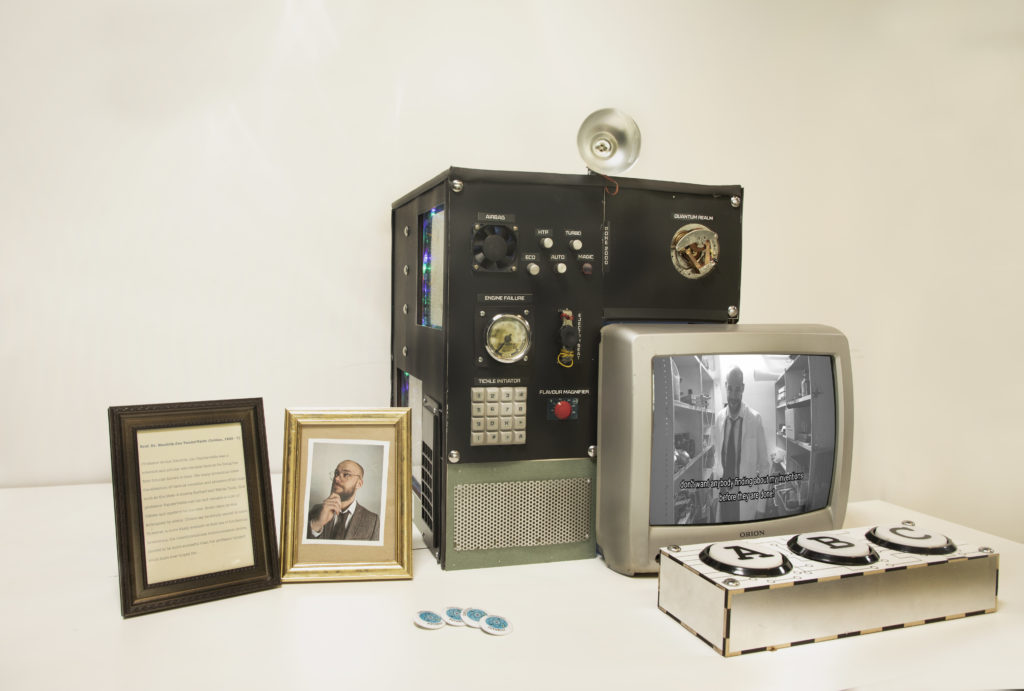
How do people feel about the police’s use of technology?
As we learned from our previous prototype that people tend to be reserved towards the police’s use of smart robots for automatization purposes, we wanted to look deeper into the different use-cases the police is currently testing and their reception by the wider public.
We wanted to look at futuristic scenarios in which many of the police’s plans of new technological applications are already implemented. For this purpose, we studied the different experiments that are currently happening within the police and internationally and created different stories around these examples. The topics we chose are video analysis, facial recognition, encrypted data access, artificial intelligence and predictive policing. We then created a survey question aimed at collecting the opinions of the public for each of these examples to test whether or not these new techniques would make them feel safer.
To attract people to our survey, we then created a storyline and character and packaged it in a fantastical framework. This framework also helps participants to get in the right state of mind and adds fun to the experience. The main character of our story is Prof. VanderVelde, an ancient Dutch scholar who was interested in time travel. Apart from time travel, Prof. VanderVelde is also exceptionally interested in the technologies and security measures of the future (seen from his point in time). By building an interdimensional travel device, the poke 2000, he has managed to set up a communication line with his future and our present. By asking the person with whom he is in contact with through the device questions, Prof. is trying to get a glimpse of what the future has in store for him. Are there smart lampposts? New surveillance techniques? How does the person feel about all of this?
During testing of the prototype and our first day of the conference The Next Web we noticed that the experience of the survey was quite long in time. As we were in a heavily packed conference floor, people were short on time and therefore the experience was not fully adapted. Through some changes in the programming however we solved this issue with a simple “skip” button.